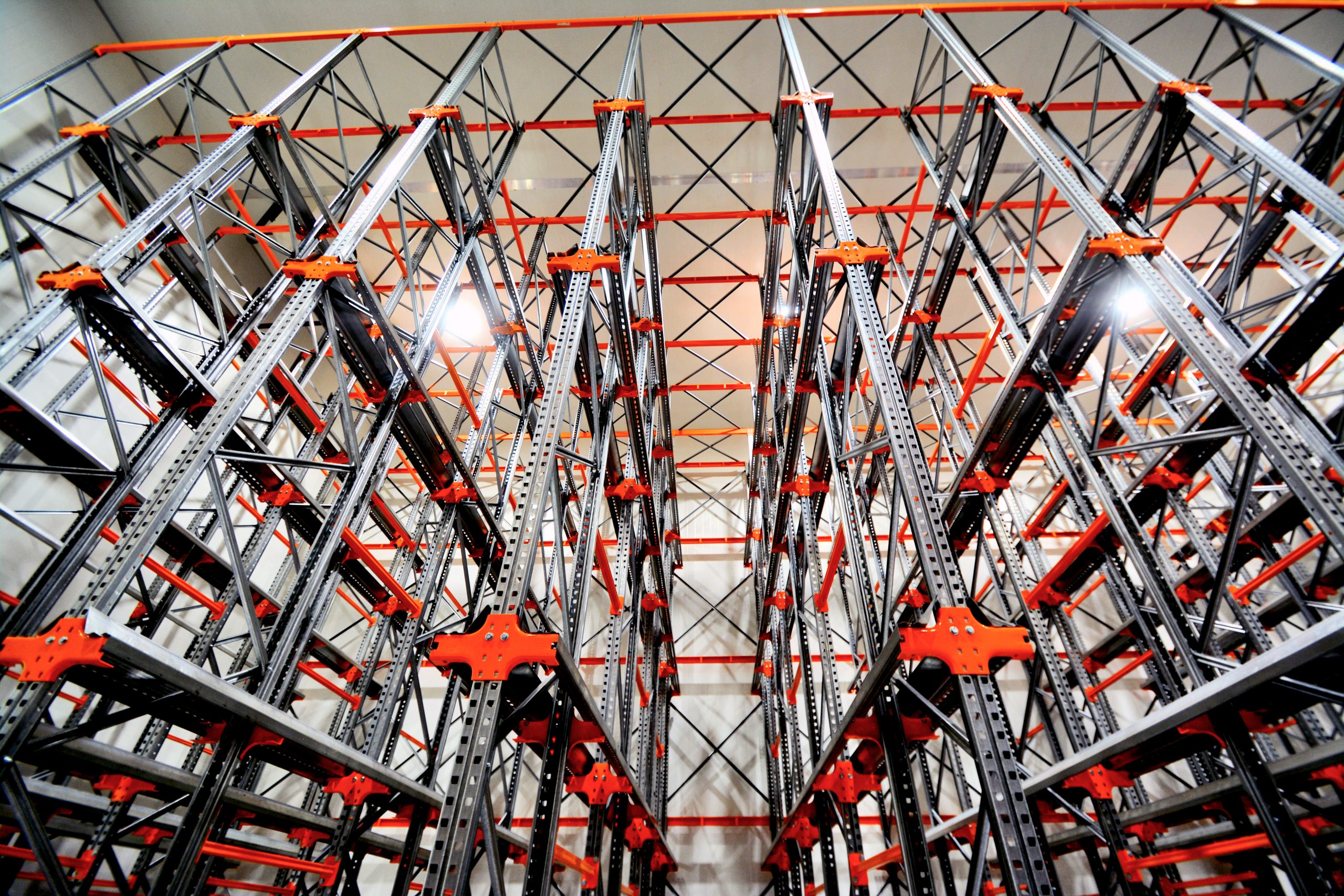
Design
Optimizing Storage Solutions: Effective Racking System Design for Efficient Operations
Designing an effective racking system is essential as a storage solution for maximizing storage capacity, optimizing warehouse operations, and improving overall efficiency. This comprehensive article explores key considerations and best practices for racking system design, tailored to meet the unique requirements of different industries. Discover how a well-designed racking system enhances storage density, facilitates product accessibility, streamlines inventory management, and ensures workplace safety.
Understanding Different Types of Racking Systems:
To achieve optimal results, it's crucial to have a comprehensive understanding of various racking systems. These include pallet racking, shelving systems, mezzanine flooring, cantilever racks, drive-in racks, and more. Each type offers specific advantages such as vertical space optimization, accommodating diverse load sizes, and improved accessibility. By analyzing storage needs, product characteristics, and workflow patterns, businesses can select the most suitable racking system for their application.
Assessing Storage Requirements:
Accurate evaluation of storage requirements is fundamental to designing an effective racking system. This involves determining the types of products, their dimensions, weight, and turnover rate. By understanding these factors, businesses can configure the racking system appropriately, including shelving depth, height, and load capacity. Precise assessment minimizes inefficiencies, prevents product damage, and maximizes space utilization.
Maximizing Space Utilization:
Efficient use of space is a critical aspect of racking system design. Employing strategies to effectively utilize vertical space can significantly increase storage capacity. Techniques like mezzanine flooring or double-deep racking help maximize storage density. Additionally, considering aisle width, layout, and product accessibility ensures smooth movement of goods within the facility. Optimizing space utilization reduces costs and enhances operational productivity.
Ensuring Safety and Compliance:
Safety is paramount in any warehouse or storage facility. Adhering to safety regulations and industry standards is crucial when designing a racking system. Incorporating safety features such as rack protection systems, load beams, and safety barriers is essential. Regular inspections, staff training, and proper load distribution prevent accidents, injuries, and product damage. Prioritizing safety creates a secure work environment and minimizes liabilities.
Considering Future Scalability:
Businesses evolve, and storage needs change accordingly. Designing a scalable racking system allows for future adaptability. Opting for modular racking components and systems that can be easily reconfigured or expanded ensures flexibility. A scalable racking system accommodates changing inventory demands, optimizes long-term space utilization, and eliminates the need for costly overhauls or relocations.
Conclusion:
Designing an effective racking system requires careful analysis of storage requirements, space utilization, safety considerations, and future scalability. By understanding different types of racking systems and their advantages, businesses can make informed decisions. Implementing best practices, complying with safety regulations, and prioritizing scalability contribute to an optimized racking system that enhances warehouse efficiency, maximizes storage capacity, and supports overall operational success.
